Pascal's Triangle Blank Worksheet
If you are a math teacher or student in need of a helpful and practical tool for practicing Pascal's Triangle, you may be searching for a blank worksheet that provides ample space to fill in the numbers and explore the patterns of this fascinating mathematical entity. Look no further, as we have created a Pascal's Triangle blank worksheet that is perfect for you!
Table of Images 👆
More Other Worksheets
Kindergarten Worksheet My RoomSpanish Verb Worksheets
Cooking Vocabulary Worksheet
DNA Code Worksheet
Meiosis Worksheet Answer Key
Art Handouts and Worksheets
7 Elements of Art Worksheets
All Amendment Worksheet
Symmetry Art Worksheets
Daily Meal Planning Worksheet
How is Pascal's Triangle constructed?
Pascal's Triangle is constructed by starting with a row that contains a single number 1. Each subsequent row is created by adding the two numbers directly above it in the previous row. This process is continued to form an infinite triangular array of numbers, where each number is the sum of the two numbers above it from the row immediately above. The first few rows of Pascal's Triangle are 1, 1 1, 1 2 1, 1 3 3 1, and so on.
What is the significance of the numbers in Pascal's Triangle?
The numbers in Pascal's Triangle represent the coefficients of the binomial expansion. Each number in the triangle is the sum of the two numbers above it, forming a pattern that reflects the combinatorial relationships in mathematics. Pascal's Triangle is used in various areas of mathematics, such as algebra, probability, and number theory, to help solve problems and demonstrate patterns in mathematics.
How are the values in each row of Pascal's Triangle calculated?
The values in each row of Pascal's Triangle are calculated by adding together the two numbers directly above it in the row. The first and last numbers in each row are always 1, and each subsequent number is the sum of the two numbers directly above it. This pattern continues throughout the entire triangle, creating a pyramid of numbers with each row being generated from the row above it.
What is the sum of the numbers in each row of Pascal's Triangle?
The sum of the numbers in each row of Pascal's Triangle is equal to 2 raised to the power of the row number.
What is the relationship between Pascal's Triangle and binomial expansions?
Pascal's Triangle is a mathematical array where each number is the sum of the two numbers above it. This triangle is closely related to binomial expansions, as the coefficients in the expansion of (a + b)^n can be found in the nth row of Pascal's Triangle. The entries in Pascal's Triangle can be used to determine the coefficients in the binomial expansion, making it a valuable tool in algebraic expressions and probability theory.
How does Pascal's Triangle demonstrate the coefficients of a binomial expansion?
Pascal's Triangle is a triangular array of numbers in which each number is the sum of the two numbers directly above it. The numbers in Pascal's Triangle correspond to the coefficients of binomial expansions. When expanding a binomial expression such as (a + b)^n, the coefficients of each term can be read directly from a row in Pascal's Triangle corresponding to the exponent n. This relationship helps in quickly identifying the coefficients in binomial expansions without having to perform repetitive calculations using the binomial theorem.
What are the properties or patterns observed in Pascal's Triangle?
Pascal's Triangle exhibits several properties and patterns, including symmetry along the central vertical axis, each number being the sum of the two numbers directly above it, Fibonacci numbers appearing along the diagonals, as well as the coefficients from expanding binomial expressions. Additionally, the triangle showcases the binomial theorem and powers of 2 within its structure.
How is Pascal's Triangle used in combinatorics and probability theory?
Pascal's Triangle is used in combinatorics and probability theory to calculate various combinations and probabilities. Each number in the triangle represents the sum of the two numbers directly above it, showing the number of ways to choose items from a set. By using Pascal's Triangle, mathematicians can quickly determine combinations, binomial coefficients, and probabilities, making it a valuable tool in solving complex combinatorial problems and predicting outcomes in probability theory.
How can Pascal's Triangle be extended or modified to include additional information?
Pascal's Triangle can be extended or modified by incorporating concepts such as Fibonacci numbers, prime numbers, or binomial coefficients into the triangle's structure. Additionally, the triangle can be used to represent connections to other mathematical sequences or patterns, such as geometric series or Sierpinski's triangle. Each modification or extension adds complexity and depth to the triangle, showcasing its versatility as a mathematical tool.
How has Pascal's Triangle been historically used in mathematics and other fields?
Pascal's Triangle has been historically used in mathematics for studying patterns and relationships in algebra, combinatorics, probability, and number theory. It helps calculate binomial coefficients and provides a visual representation of various mathematical sequences. In other fields, it has found applications in computer science for algorithm development, physics for studying wave patterns, and even in finance for analyzing interest rates. Pascal's Triangle continues to be a valuable tool in various disciplines for its ability to simplify complex calculations and reveal intricate patterns.
Have something to share?
Who is Worksheeto?
At Worksheeto, we are committed to delivering an extensive and varied portfolio of superior quality worksheets, designed to address the educational demands of students, educators, and parents.

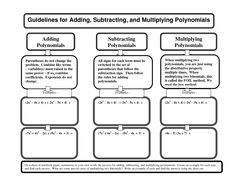



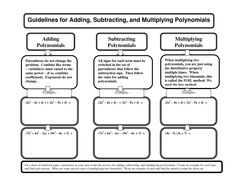

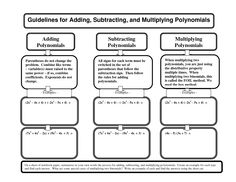
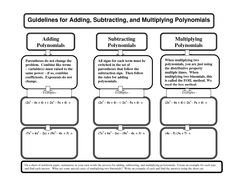
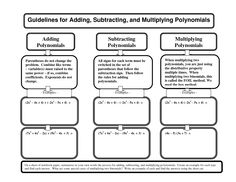
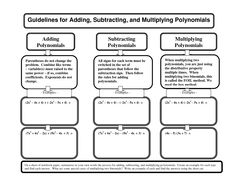
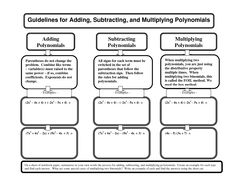
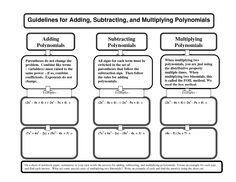
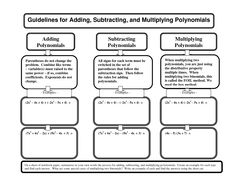
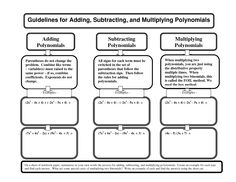
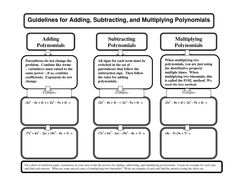
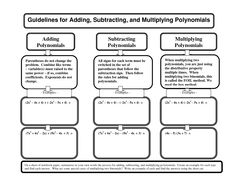
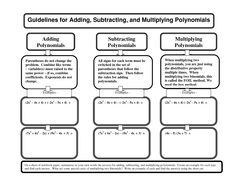
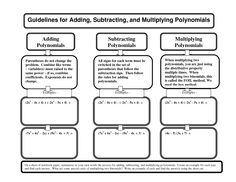
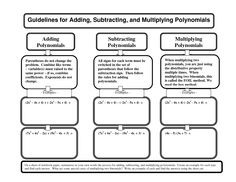














Comments